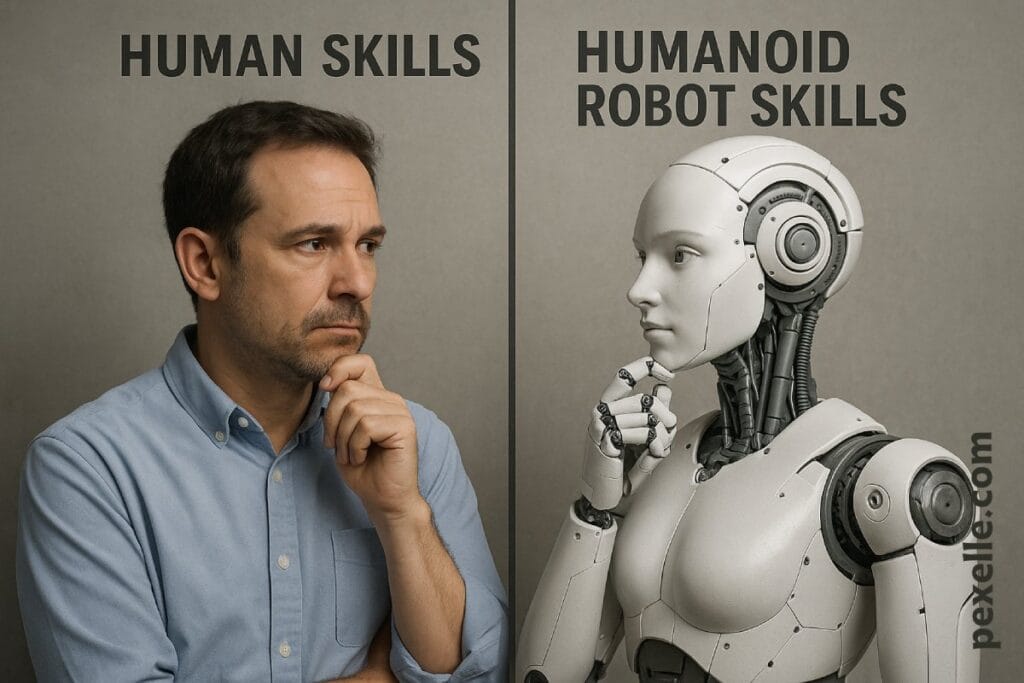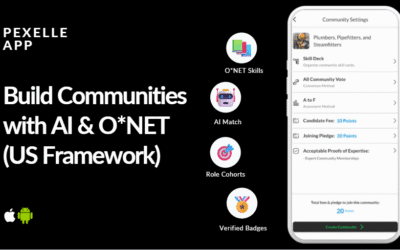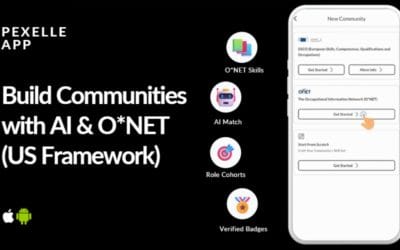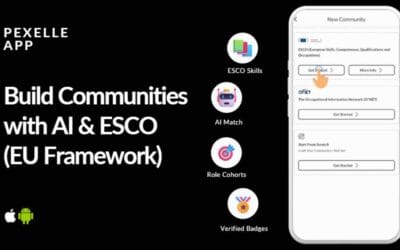Human Skills vs. Humanoid Robot Skills: Future Comparisons and Boundaries

Introduction
As humanoid robots advance in design, intelligence, and capabilities, the question of whether their “skills” can be compared to human skills becomes increasingly relevant. Humans acquire skills through lived experiences, emotions, cultural contexts, and continuous adaptation. Robots, by contrast, are designed to execute programmed functions and can “learn” through data-driven processes such as machine learning. The distinction raises profound questions: Will robots in the future develop skill sets parallel to humans? Can we define and strengthen their abilities as we do with our own?
Defining Skills in Humans and Robots
For humans, skills are the result of a combination of cognition, practice, and socio-emotional development. They include not only technical abilities like coding or carpentry, but also soft skills such as empathy, creativity, negotiation, and ethical reasoning. These are deeply tied to consciousness, emotions, and social interaction.
Robots, however, acquire “skills” in a fundamentally different way. Their abilities stem from algorithms, sensory inputs, and programmed decision-making frameworks. A humanoid robot might be “skilled” at performing surgery, assembling machinery, or even recognizing facial expressions, but the foundation of these skills lies in pattern recognition and computational optimization—not in personal experience or meaning-making.
The Strengthening of Skills: Practice vs. Programming
Humans strengthen their skills through repeated practice, feedback, and personal growth. For example, a musician refines their art by combining technical repetition with emotional expression and cultural influence.
Robots, on the other hand, refine their “skills” through updated algorithms, reinforcement learning, and the expansion of training datasets. When a robot becomes better at conversation, it is not due to emotional maturity but because its natural language processing system has been exposed to more data, optimized parameters, and refined contextual models. In this sense, robots can indeed “improve,” but their improvement is mechanistic and externally engineered, while human improvement is experiential and internally transformative.
Emotional and Ethical Dimensions
One of the critical differences between human and robotic skills lies in the emotional and ethical domains. Humans bring empathy, compassion, and moral reasoning into their skill sets. A doctor, for example, does not only diagnose; they also comfort, reassure, and ethically weigh decisions that impact a patient’s life.
Robots, no matter how advanced, cannot experience empathy or moral dilemmas in the human sense. They can simulate compassionate responses, but these remain surface-level imitations based on probabilistic models. Even if future robots display highly convincing “emotional intelligence,” this will still lack the depth of authentic human feeling.
Convergence and Future Scenarios
Looking ahead, the gap between human and robotic skills will narrow in technical tasks but remain wide in emotional and existential domains. Robots may surpass humans in speed, precision, and knowledge recall, making them invaluable partners in industries like healthcare, engineering, and education. However, humans will continue to lead in creativity, ethical leadership, and contexts where emotional intelligence is indispensable.
It is therefore useful to think of robot skills not as replacements but as complementary tools that can extend human capability. Just as calculators did not eliminate the need for human reasoning but instead expanded mathematical efficiency, humanoid robots may extend human potential while still relying on human guidance for meaning and direction.
Conclusion
The future will not be defined by a simple competition between human skills and robotic skills. Instead, it will be characterized by a complex interplay where each brings unique strengths. Human skills are deeply rooted in consciousness, emotions, and moral reasoning, while robot skills are defined by optimization, scalability, and data-driven learning. Though both can be defined and strengthened, they operate on fundamentally different planes. The challenge for humanity will be to integrate robotic skills into society in a way that enhances human life without eroding the essence of what makes us truly human.
Source : Medium.com




